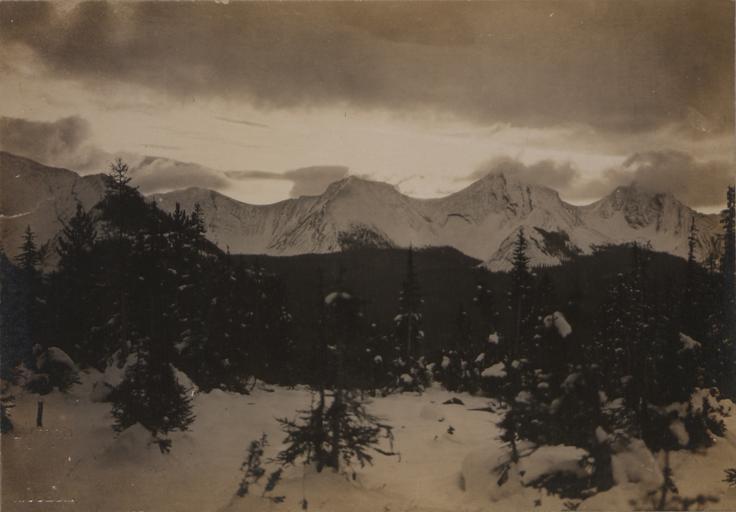Introduction
Fine art photography is not just about capturing a moment; it's about creating a vision that resonates with emotions and thoughts. In recent years, this genre has evolved into a multifaceted discipline that merges various artistic techniques, styles, and mediums. From self-portrait photography to contemplative photography, fine art photographers today are blending traditional and modern approaches to craft unique narratives. This article will guide you through the intricate world of fine art photography, exploring various techniques, styles, and applications that can elevate your work to new heights.
Fine Art Photography: Blending Techniques for Unique Visions
Fine art photography can be defined as an expression of the artist's vision through the lens. It goes beyond mere documentation; it reflects personal interpretations and emotional responses towards subjects. The blending of different techniques allows artists to create distinctive pieces that resonate with viewers on multiple levels.
Understanding Aesthetic Photography
Aesthetic photography focuses on beauty, composition, and visual appeal. It often emphasizes pleasing color palettes, shapes, and textures. By using these elements effectively, photographers can create images that provoke thought or evoke emotion.

The Role of Composition in Aesthetic Photography
Composition plays a crucial role in aesthetic photography. Techniques such as the rule of thirds, leading lines, and framing can make a significant difference in how an image is perceived.
- Rule of Thirds: Dividing your image into thirds both horizontally and vertically creates focal points. Leading Lines: Using natural lines within your scene draws the viewer’s eye toward the subject. Framing: Elements within your scene can frame your subject and add depth.
Self-Portrait Photography: A Journey of Self-Expression
Self-portrait photography is an intimate form of self-expression that allows artists to explore their identity through visual storytelling. It's more than just taking a picture; it’s a reflection of one's inner self.

Exploring Identity in Art Through Self-Portraits
Self-portraits enable artists to delve into their identities. They can portray emotions ranging from joy to melancholy:
Emotional Reflection in Art: Capturing raw emotions creates a connection with viewers. Faceless Portraits: These portraits focus on body language or objects rather than facial features, leaving interpretation open-ended.Contemplative Photography: Finding Beauty in Stillness
Contemplative photography invites viewers to see beauty in the mundane or ordinary aspects of life. By slowing down and observing details closely, photographers can capture moments filled with meaning.
Techniques for Contemplative Photography
To practice contemplative photography:
- Take time to observe your surroundings. Use natural lighting for soft effects. Focus on small details that might go unnoticed.
Portrait Styles: Diverse Approaches to Fine Art Photography
Portraiture is one of the most celebrated forms within fine art photography. Various portrait styles offer unique avenues for artistic exploration.
Abstract Portraits as Expressions of Emotion
Abstract portraits break away from traditional representation by focusing on colors or shapes rather than clear facial features. They invite viewers to interpret feelings differently.
Colorful Portraits: Utilizing vibrant colors can convey energy or emotion. http://mindchronicles484.trexgame.net/visual-reflections-on-identity-through-the-lens Minimalist Decor: Less can be more; simplicity often speaks volumes.Integrating Interior Design with Fine Art Photography
Art doesn’t just belong in galleries; it plays a vital role in home décor as well. Integrating fine art photography into interior design enhances aesthetic qualities in living spaces.
Home Interior Design with Artistic Choices
Incorporating photographs into home decor involves thoughtful selection based on themes and color palettes:
- Choose large canvases for bold statements. Create gallery walls featuring diverse styles.
Photography Techniques That Enhance Wall Art
Using specific techniques during the shoot will greatly influence how your photographs translate to wall art:

Capturing Moments in Photography for Emotional Impact
Capturing fleeting moments effectively adds layers of meaning to fine art photographs.
Visual Storytelling Through Captured Moments
Every photograph tells a story:
- Use candid shots to capture authentic emotions. Explore environmental portraits that incorporate surroundings into storytelling.
Aesthetic Qualities in Art Through Color Palette Choices
The choice of colors significantly influences the emotional response elicited by an artwork:
Warm colors generally evoke feelings of happiness or warmth. Cool colors tend to instill calmness or tranquility.Creative Display Techniques for Artistic Prints at Home
How you display artwork matters just as much as the piece itself! Creative display techniques can enhance home aesthetics significantly.
Thoughtful Arrangements for Personalized Art Displays
Consider these tips when arranging artwork at home:
- Mix sizes for an eclectic look. Use frames that complement but don’t overshadow your prints.
FAQs
1. What defines fine art photography?
Fine art photography is characterized by its intention behind each image—it aims not just to document reality but also to express artistic visions and ideas through visual storytelling.
2. How does self-expression manifest in fine art?
In fine art photography, self-expression manifests through themes explored by the artist—whether that's identity through self-portraits or commentary on social issues via contemplative imagery.
3. Can I use everyday scenes for aesthetic photography?
Absolutely! Everyday scenes often hold hidden beauty waiting to be captured—a key part of finding aesthetic value lies in perspective and composition choices made by the photographer.
4. Why should I integrate artwork into my home decor?
Integrating artwork enhances ambiance while providing opportunities for personal expression—art generates conversation and fosters emotional connections within spaces we inhabit daily!
5. What are some modern trends influencing fine art photography today?
Modern trends like minimalism, abstraction blended with technology (e.g., digital manipulation), and environmental awareness significantly influence current photographic practices across genres!
6. How do I choose the right printing technique for my photos?
Choosing printing techniques depends largely on desired outcomes—traditional methods like linocut or woodblock printing offer unique textures compared against modern digital prints aimed at clarity!
Conclusion
Fine art photography encapsulates myriad expressions—melding various techniques allows artists to communicate complex ideas effortlessly while resonating emotionally with audiences worldwide! Whether you’re diving into self-portraiture or exploring abstract forms influenced by modern trends—the journey ahead holds endless possibilities awaiting discovery! Embrace experimentation; allow yourself room for growth as you navigate this captivating realm filled with creativity boundless potential unfolding at every turn!
By weaving together various elements discussed above—from aesthetic considerations shaping our photographs' aesthetics alongside emotional contexts—they converge seamlessly within “Fine Art Photography: Blending Techniques for Unique Visions” narrative framework guiding readers toward enriching experiences uncovering beauty inherent all around us every day!